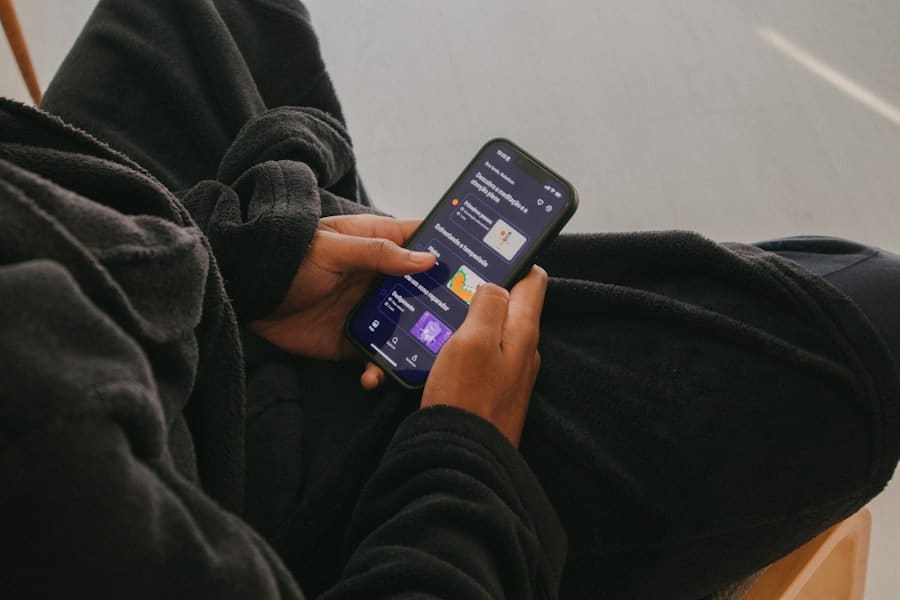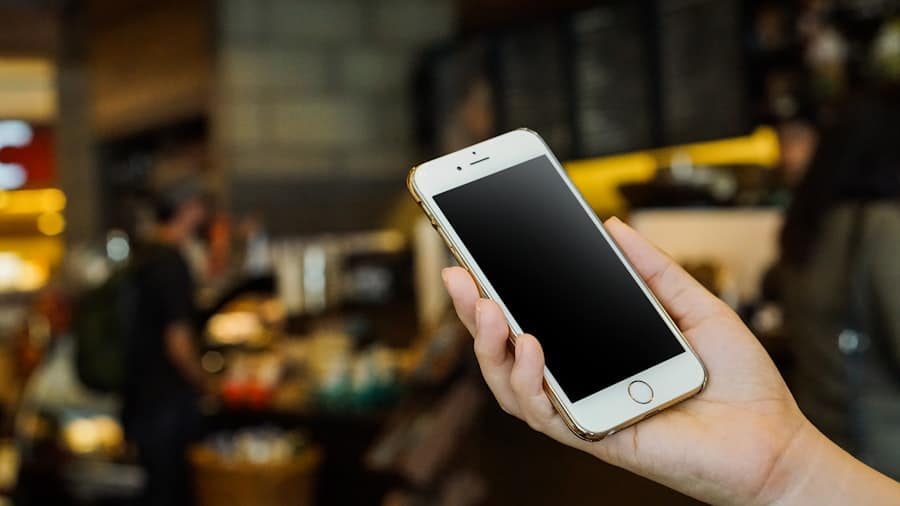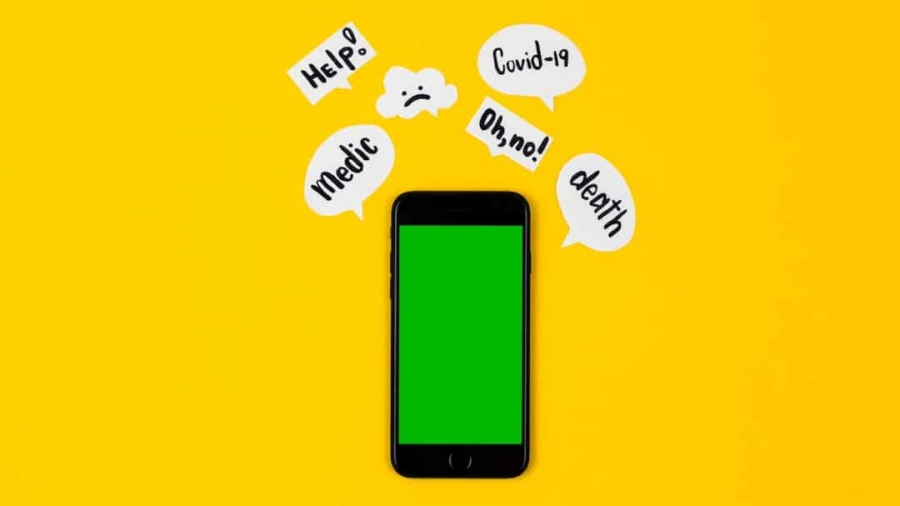In recent years, the landscape of financial transactions has undergone a significant transformation, largely driven by the advent of mobile payment applications. These apps have revolutionized the way consumers conduct transactions, allowing for seamless, instantaneous payments that eliminate the need for physical cash or traditional credit cards. The convenience of mobile payment apps is particularly appealing in an increasingly digital world, where speed and efficiency are paramount.
As smartphones have become ubiquitous, so too have these applications, which cater to a wide range of users—from tech-savvy millennials to older generations seeking simplicity in their financial dealings. Mobile payment apps not only facilitate peer-to-peer transactions but also enable users to make purchases at retail locations, online stores, and even within apps. The integration of features such as loyalty programs, transaction tracking, and budgeting tools further enhances their appeal.
Understanding the nuances of these applications is essential for consumers looking to navigate the modern financial ecosystem effectively.
Key Takeaways
- Mobile payment apps have revolutionized the way people make transactions, offering convenience and security.
- Apple Pay offers a seamless and secure way to make payments using iPhone, Apple Watch, iPad, and Mac.
- Google Wallet allows users to store credit and debit cards, as well as loyalty cards and offers a tap-to-pay feature.
- Apple Pay prioritizes user security with features like Touch ID, tokenization, and secure element technology.
- Google Wallet also prioritizes security with features like fraud protection, encryption, and biometric authentication.
Features and Functionality of Apple Pay
Apple Pay stands out as a leading mobile payment solution, primarily due to its seamless integration with Apple devices. Users can make payments using their iPhones, iPads, Apple Watches, and Macs, creating a cohesive ecosystem that enhances user convenience. One of the hallmark features of Apple Pay is its ability to facilitate contactless payments at point-of-sale terminals equipped with Near Field Communication (NFC) technology.
This allows users to simply hold their device near the terminal to complete a transaction, making the process quick and efficient. In addition to in-store payments, Apple Pay supports online transactions across a multitude of platforms. Users can make purchases within apps or on websites that accept Apple Pay, streamlining the checkout process by eliminating the need to enter credit card information repeatedly.
The app also allows users to store various cards, including credit and debit cards, loyalty cards, and even transit cards in select cities. This versatility makes Apple Pay not just a payment method but a comprehensive digital wallet that caters to various consumer needs.
Features and Functionality of Google Wallet

Google Wallet has evolved significantly since its inception, transforming into a robust mobile payment platform that offers a wide array of features tailored to enhance user experience. Like Apple Pay, Google Wallet allows users to make contactless payments using NFC technology, enabling quick transactions at participating retailers. However, Google Wallet goes beyond mere payment processing; it serves as a comprehensive financial tool that integrates various services into one platform.
One of the standout features of Google Wallet is its ability to store not only payment methods but also tickets, boarding passes, and gift cards. This functionality allows users to access all their essential items in one place, reducing the need for multiple apps or physical cards. Additionally, Google Wallet supports peer-to-peer payments through Google Pay, allowing users to send money to friends and family effortlessly.
The app’s integration with Google services also means that users can leverage their existing Google accounts for a more personalized experience, making it easier to manage transactions and track spending.
Security and Privacy of Apple Pay
Security is a paramount concern for users when it comes to mobile payment applications, and Apple Pay addresses this issue with a multi-layered approach. One of the key security features is the use of tokenization during transactions. Instead of transmitting actual credit card numbers during a purchase, Apple Pay generates a unique token that represents the user’s card information.
This means that even if a transaction were intercepted, the sensitive data would remain protected. Moreover, Apple Pay employs biometric authentication methods such as Face ID or Touch ID to authorize payments. This adds an additional layer of security by ensuring that only the authorized user can complete transactions.
Furthermore, Apple does not store transaction details on its servers or share them with merchants, thereby enhancing user privacy. The combination of tokenization, biometric authentication, and strict data handling policies positions Apple Pay as a secure option for consumers wary of potential fraud.
Security and Privacy of Google Wallet
Google Wallet also prioritizes security and privacy, employing several advanced measures to protect user data during transactions. Similar to Apple Pay, Google Wallet utilizes tokenization to safeguard sensitive information. When a user makes a payment, their actual card details are not shared with merchants; instead, a unique token is generated for each transaction.
This minimizes the risk of data breaches and unauthorized access. In addition to tokenization, Google Wallet incorporates multifactor authentication methods to enhance security further. Users can set up biometric verification through fingerprint scanning or facial recognition on compatible devices.
Moreover, Google provides users with real-time alerts for transactions made through their accounts, allowing them to monitor any suspicious activity promptly. The app also includes features that enable users to lock or erase their accounts remotely in case their device is lost or stolen, ensuring that personal information remains secure.
Compatibility and Integration with Other Services

The compatibility and integration capabilities of mobile payment apps play a crucial role in their overall utility and user satisfaction. Apple Pay is designed primarily for use within the Apple ecosystem, which means it works seamlessly with other Apple services such as Apple Card and Apple Cash. This integration allows users to manage their finances more effectively by consolidating various financial tools into one platform.
Additionally, Apple Pay is widely accepted at numerous retailers and online platforms, making it a versatile option for consumers. On the other hand, Google Wallet boasts extensive compatibility with both Android devices and various third-party services. Its integration with Google services such as Gmail and Google Assistant enhances its functionality by allowing users to send money directly through email or voice commands.
Furthermore, Google Wallet supports a wide range of payment methods beyond traditional credit and debit cards, including bank transfers and digital currencies in some regions. This flexibility makes it an attractive option for users who prefer a more diverse financial toolkit.
User Experience and Customer Support
User experience is a critical factor in determining the success of any mobile payment app. Apple Pay is known for its intuitive interface that aligns with Apple’s design philosophy—clean, simple, and user-friendly. The onboarding process is straightforward; users can easily add their cards by scanning them or entering details manually.
Once set up, making payments is as simple as double-clicking the side button on an iPhone or using the Apple Watch’s wrist gesture. Customer support for Apple Pay is integrated into Apple’s broader support ecosystem. Users can access help through the Apple Support app or website, where they can find FAQs, troubleshooting guides, and direct assistance from customer service representatives if needed.
The availability of support across multiple channels ensures that users can resolve issues quickly and efficiently. In contrast, Google Wallet also emphasizes user experience with its clean interface and easy navigation. The app provides clear instructions for adding payment methods and managing transactions.
Google has invested in creating an engaging user experience that encourages exploration of its features while maintaining simplicity. Customer support for Google Wallet is accessible through various channels as well. Users can find help through Google’s support pages or community forums where they can ask questions and share experiences with other users.
Additionally, Google offers direct support via chat or email for more complex issues that require personalized assistance.
Conclusion and Recommendations
As mobile payment apps continue to gain traction in today’s digital economy, both Apple Pay and Google Wallet offer compelling features tailored to different user preferences and needs. While Apple Pay excels in its seamless integration within the Apple ecosystem and robust security measures, Google Wallet stands out for its versatility and compatibility across various platforms and services. For consumers who are deeply embedded in the Apple ecosystem and prioritize security alongside ease of use, Apple Pay presents an excellent choice.
Conversely, those who seek flexibility in payment options and integration with other Google services may find Google Wallet more appealing.
As mobile payments continue to evolve, staying informed about these applications will empower consumers to make informed choices in managing their financial transactions effectively.
If you are interested in exploring the latest advancements in mobile technology, you may want to check out this article on unlocking the possibilities with Samsung Galaxy S22. This article provides insights into the features and capabilities of the Samsung Galaxy S22, which could be a potential competitor to Apple Pay and Google Wallet in the mobile payment app market.
FAQs
What is Apple Pay?
Apple Pay is a mobile payment and digital wallet service provided by Apple Inc. It allows users to make payments using their iPhone, Apple Watch, iPad, or Mac.
What is Google Wallet?
Google Wallet is a mobile payment system developed by Google that allows users to store debit cards, credit cards, loyalty cards, and gift cards among other things, as well as redeeming sales promotions on their mobile phone.
How does Apple Pay work?
Apple Pay uses Near Field Communication (NFC) technology to enable secure contactless payments. Users can add their credit or debit card to the Apple Wallet app and then use their device to make payments at participating merchants.
How does Google Wallet work?
Google Wallet uses NFC technology to enable contactless payments, similar to Apple Pay. Users can add their payment cards to the Google Wallet app and use their device to make payments at compatible terminals.
Which devices support Apple Pay?
Apple Pay is supported on iPhone, Apple Watch, iPad, and Mac devices.
Which devices support Google Wallet?
Google Wallet is supported on Android devices and can also be accessed through the web.
Is Apple Pay available internationally?
Yes, Apple Pay is available in multiple countries around the world.
Is Google Wallet available internationally?
Google Wallet is available in the United States and can be used for international money transfers.
Which merchants accept Apple Pay?
Many major retailers and businesses accept Apple Pay, including grocery stores, restaurants, and online retailers.
Which merchants accept Google Wallet?
Google Wallet can be used at any merchant that accepts contactless payments, including major retailers and small businesses.


